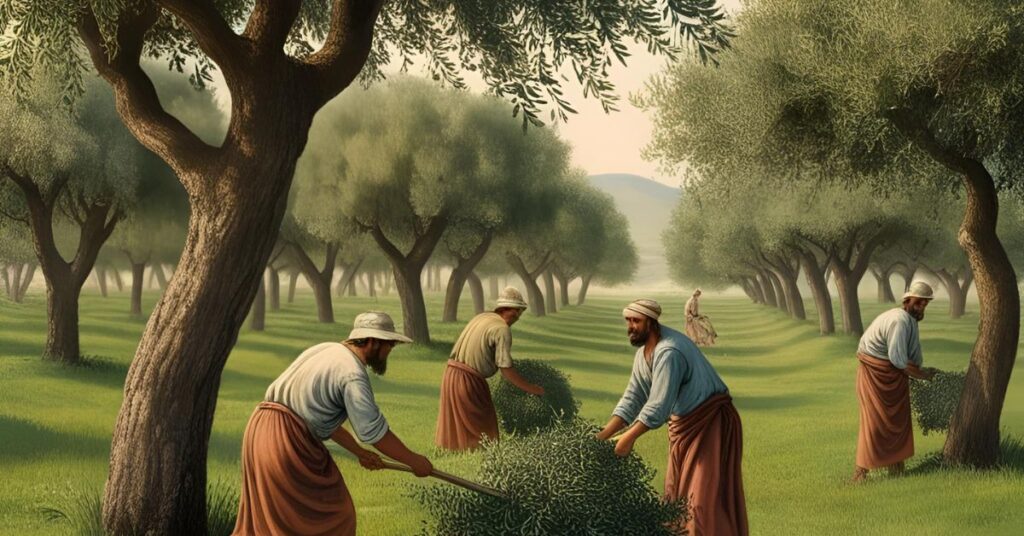
Ancient Cultivation of the Olive Tree: A Legacy Rooted in Time

For over 6,000 years, the olive tree has stood as a living testament to human ingenuity, culture, and survival. More than just a fruit-bearing plant, the olive tree is deeply woven into the fabric of Mediterranean civilization—symbolizing peace, prosperity, and resilience. Its ancient cultivation tells a story of how humanity harnessed nature to nourish both body and soul.
Origins: The Cradle of Cultivation
The earliest evidence of olive cultivation dates back to the Eastern Mediterranean, particularly in the Levant region—modern-day Israel, Palestine, Lebanon, and Syria. Archaeological findings show domesticated olive pits in sites as old as 4000 BCE. It is believed that wild olives (Olea europaea var. sylvestris) were first tamed by Neolithic farmers who saw promise in their hardy nature and versatile fruit.
As trade expanded through the Aegean and beyond, the olive tree made its way to Crete, Greece, and later to Italy and the Iberian Peninsula. Ancient seafarers and colonizers helped spread not just the tree but the culture that revered it.
Olive Oil: Liquid Gold of Antiquity
In antiquity, olive oil was far more than a culinary staple. Known as “liquid gold” by Homer, it played a central role in daily life:
-
Food and Cooking: A rich, stable fat for ancient diets.
-
Medicine: Used in balms and healing salves.
-
Cosmetics: Essential in skin care and hygiene.
-
Religion and Ritual: Used in anointing, offerings, and sacred lamps.
-
Trade Commodity: A key export of ancient economies like those of Athens and Carthage.
Large-scale oil production facilities, such as stone presses and olive mills, have been unearthed across the Mediterranean, offering insight into the sophistication of ancient agricultural practices.
The Ancient Cultivation of the Olive Tree: A Blend of Art and Science
Ancient olive cultivation was labor-intensive and deeply knowledgeable:
-
Propagation: Farmers used cuttings rather than seeds to ensure genetic consistency and better yield.
-
Grafting: This technique improved fruit quality and tree longevity.
-
Pruning: Controlled tree growth and boosted production.
-
Harvesting: Done by hand or with sticks to shake the fruit from the branches.
-
Pressing: Stone mills crushed olives, and oil was separated using woven baskets and gravity.
These methods evolved over generations and were passed down through oral traditions and early agricultural texts.
Symbolism and Mythology
The olive tree held profound symbolic importance:
-
In Greek mythology, Athena offered the olive tree to the city of Athens—winning its patronage.
-
In Hebrew scripture, the dove brings Noah an olive branch, signaling peace and new beginnings.
-
For the Romans, olive crowns adorned victors and heroes.
This deep spiritual reverence elevated the tree beyond mere utility; it became a symbol of civilization itself.
Legacy That Lives On
Today, many olive groves planted thousands of years ago still bear fruit. Some trees in Greece, Italy, and Palestine are believed to be over 2,000 years old—a living connection to the ancient world.
The traditional practices of olive cultivation still influence modern agriculture, especially in sustainable farming and organic production. As we face new environmental challenges, the olive tree once again serves as a symbol—not just of peace—but of resilience and adaptability.
In the end, the story of olive cultivation is the story of us—of survival, ingenuity, and the enduring relationship between humans and the earth.